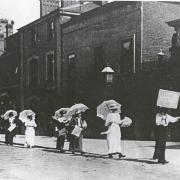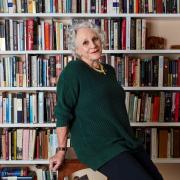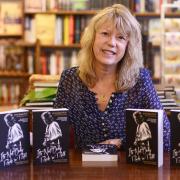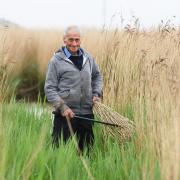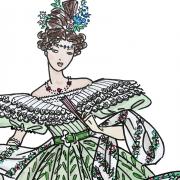Sandringham became a royal residence in Queen Victoria’s reign

The news on January 22, 1901, that Queen Victoria had died at Osborne House was greeted with great shock and sorrow by her loyal subjects, not least in Norfolk. The Eastern Evening News reported that across the county “there were many manifestations of public grief”, as Norfolk’s residents came to terms with the passing of the woman who had ruled as the nation’s monarch for a then record almost 64 years.
Yet most people in Norfolk would never have set eyes on their Queen. Norfolk is today so closely associated with the Royal Family that it is perhaps a little surprising to discover that throughout her long life Victoria only visited the county on four occasions.
Victoria first set foot on Norfolk soil in September 1835 when at the age of 15 she was invited to stay with her mother, the Duchess of Kent, at Holkham Hall by its then owner, Thomas Coke, the Earl of Leicester. The journey certainly proved eventful. In advance of the visit it had been announced that the royal party would pass through King’s Lynn on the way to Holkham and on the day a huge crowd gathered in the town centre, excited to have the chance of seeing the then heir to the throne.
The royal party are described in contemporary newspaper reports as being “much pleased with their reception”. Victoria’s own account of the day, which may be found in the personal journal she kept throughout her life, tells a somewhat different story. She writes, “The people, of whom there was a dense mass, insisted upon dragging us through the town and in spite of every effort which was tried to prevent them from so doing, they obstinately persisted in their wish.” For a young teenage girl, whose early life had been spent far away from the public eye, this must have proved a frightening experience.

The following day a deputation arrived at Holkham Hall from nearby Wells-Next-The-Sea with a message of welcome from the town’s inhabitants. The speech from the town’s representatives was graciously received, but the young Princess Victoria later revealed in her personal journal how boring she had found the occasion.
By the time Victoria visited Norfolk again some 36 years later, she had reigned as Queen for many years and presumably had become all too well-accustomed to sitting through long speeches from well-meaning subjects. However, on this occasion she was spared any public addresses during her stay in the county, as the visit she made was for purely personal reasons.
In 1862 Sandringham House had been purchased as a country home for Queen Victoria’s son and then Prince of Wales, Albert Edward (later King Edward VII). He moved in with his new wife, Alexandra, the following year and over several years transformed the property into a home suitable for the couple’s growing family. It had long been rumoured that his mother, the Queen, would make a visit to Sandringham, but in the event she did not visit the property until Edward, known in the family as Bertie, fell dangerously ill with typhoid fever in late 1871.

Stately homes to visit during Christmas
By this juncture the journey to Norfolk was much less arduous than it had been at the time of Victoria’s first visit to the county in 1835. The guests arrived at Wolferton Railway Station, about two miles or so from Sandringham, having travelled all the way in relative privacy by the royal train.
Her first visit only lasted a few days, but she returned later the same month when the Prince of Wales’ health took another turn for the worse. Thankfully, Bertie pulled through his illness and Victoria left Norfolk on January 2, 1872, to the sound of enthusiastic cheers from well-wishers ringing in her ears. It would take another 17 years for the Queen to return.

On April 23, 1889, Queen Victoria arrived at Wolferton Station to an enthusiastic welcome, although one much more carefully stage-managed than that given to her on her first visit to the county in 1835. It probably helped too that by now the people of West Norfolk had grown accustomed to the presence of royalty living on their doorstep at Sandringham and were more aware of the need to respect their privacy.
The station had been lavishly decorated for the occasion and the royal procession passed through a series of triumphal arches as it made its way from Wolferton to Sandringham, being cheered by well-wishers as it went. At the gates to Sandringham, 300 local schoolchildren waited to greet their monarch and along the driveway were assembled many of the great and the good of the county.
Victoria stayed for four days. On her last evening a special theatrical performance was given in Sandringham’s elegant ballroom in front of an audience of some 300 people. They were treated to a performance by two of the country’s leading thespians, Sir Henry Irving and Ellen Terry. The entertainment commenced with a melodrama called The Bells, followed by the Trial Scene from The Merchant of Venice. The Queen was suitably impressed, remarking in her journal that The Bells was “very thrilling” and that in the Trial Scene “Irving played the part of Shylock extremely well, and Miss Ellen Terry that of Portia beautifully”.
Victoria departed from Norfolk the following day, sadly never to return. Her visit doubtless remained fresh in the memory of those who were fortunate enough to see the great Queen, about whom they heard so much but scarcely ever had the opportunity to see.














